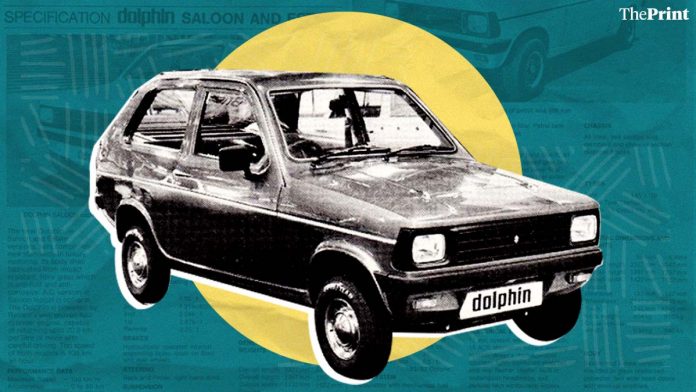After nearly two decades of research, Kannada University Hampi brought out a magnum opus — 12 volumes on the life and works of Rashtrakavi Kuvempu.

Bengaluru :
After nearly two decades of research, Kannada University Hampi brought out a magnum opus — 12 volumes on the life and works of Rashtrakavi Kuvempu. These include his letters to friends and family. And the university has digitised it.The whole effort started in 1999 when Dr K C Shivareddy, Professor at Kannada University Hampi, began collecting the works, letters, interviews and anecdotes on the life of Kuppali Venkatappa Puttappa, popularly known as Kuvempu.
The most significant is the letters that Kuvempu wrote to his family and friends, Shivareddy told TNIE.
Shivareddy had quite some convincing to do (even Kuvempu’s son Poornachandra Tejaswi) to let the letters become public.”These letters give nuanced shades of Kuvempu’s life– from instilling financial discipline in his children, to his camaraderie with writers who influenced him. I reminded Tejaswi about other writers whose letters played an important role in understanding their creative writing holistically,” Shivareddy said.
Individual volumes were out over the year, and the compilation of all 12 volumes was out on Monday. This compilation was put in digitised form, on the insistence of Deputy Chief Minister Ashwath Narayan, said Dr Shivakumar, co-founder of Bhashini Services, whose team converted the texts into Unicode, a readable EPUB format, in less than 15 days.
Shivakumar, an engineering graduate from the Indian Institute of Science, had given up his corporate job to pursue his dream of making Indian literature go digital. He used his expertise of Machine Learning (OCR & TTS) in which he got a PhD, to digitise more than 500 books of prominent Kannada writers.
S C Ramesh, Vice Chancellor, Kannada University Hampi, told TNIE that the university had already released more than 2,000 titles, yet saw the importance of technology in literature.Karisiddappa, Vice Chancellor, Visvesvaraya Technological University, which collaborated on this venture, said that a maximum number of National Poets (Rashtrakavis) are from Karnataka, and digitising would only take this literature to a global audience.
source: http://www.newindianexpress.com / The New Indian Express / Home> Cities> Bengaluru / by Pearl Maria D’Souza / Express News Service / November 03rd, 2020





